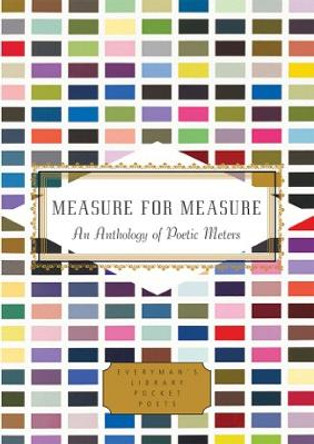Description
Choice 'Outstanding Academic Title' award 2022
Measures for Measure features once greatly-disturbed landscapes - now largely reclaimed, physically at least, by post-industrial activity. Yet the surviving machines, buildings and housing of the original Industrial Revolution, founded mostly upon Coal Measures strata, still loom large over many parts of Britain. They do so nowadays in the family-friendly and informative context of industrial museums, reconstructed industrial settlements, preserved landscapes and historic townscapes. Our society and its creative core of literature, visual arts and architecture were profoundly affected by the whole process. The British Carboniferous legacy for wider humankind was profound and permanent, more so with the realisation over the last 60 or so years that the emission of carbon dioxide during human utilisation of fossil fuels has caused global warming - with all its many unintended consequences.
Coal, iron ore and other metallic ores and materials had been extracted from Carboniferous strata and traded for over five hundred years before the Industrial Revolution, notably since thirteenth century in the 'London Trade' of coal from Tyneside. By contrast, the neighbouring island of Ireland had no great deposits of coal and ironstone, although with gold, copper, lead and zinc aplenty. What produced this abundance of fossil carbon preserved in the Carboniferous rocks of Britain? Why did the Industrial Revolution originate in Britain in the early- to mid-eighteenth century and not elsewhere in mainland Europe where coal was also abundant?
Linked geological, economic and social factors combined to enable the formation, preservation, exposure and exploitation of neighbouring coal- and iron-bearing reserves. The principal features of the distinctive industrial regions that grew up are traced back to their landscapes and geology in a major section of the book. Great industrial cities became wonders of the world, their entrepreneurs and industrialists proud at what they had created. However, industrial workers in their mines, foundries, forges, factories and mills had to collectively fight for economic, political and social rights and then to cope with the many traumas of de-industrialisation and unemployment.
Measures for Measure will appeal to all with an interest in the industrial history of Great Britain and its impact on the landscape, economy, social history and culture of the island.
About the Author
Mike Leeder is Emeritus Professor at UEA Norwich and a former Head of Earth Sciences at Leeds University. Outside his geological comfort zone he has, since his schooldays, taken a keen interest in history, literature and politics, all topics covered in the present book. He is, with Joy Lawlor, co-author of GeoBritannica, the story of British geological and landscape evolution and the related creativity of its peoples since Neolithic times.
Reviews
'As geologists, we understand that the Carboniferous rocks of the Coal Measures were essential to the first Industrial Revolution. They determined its location, pace and extent. This book explains not only this relationship but the profound consequences to our landscape, society, culture and economics that followed.
An engaging narrative with cameos is used to frame the story, referencing the writings and eye witness accounts of contemporary individuals. The geological firsts attributed to George Sinclair, whose work involved predicting where mineral resources could be found and easy won, were particularly insightful. Abraham Darby with his technological knowhow sparked the revolutionary blueprint, but he relocated to Coalbrookdale for a reason!
Professor Leeder's vast knowledge comes to the fore in explaining the how, why and where. The answers of course are in the rocks, from the rise of forests, palaeoclimate and diagenesis to the Rheic Ocean's demise and, finally, basin inversion. The richness of the geological story presented is like the creation of Pangaea itself - an impressive all-encompassing assemblage.
Whether a balance between narrative and textbook style is achieved, only the reader can decide. It is however an enjoyable and though provoking read and thoroughly recommended.' Geoscientist online
'I would recommend this book for us all. Given the scope of the subject matter it could never have covered every aspect of the Industrial Revolution (just look at the number of books on this topic) but as an insight into Britain's unique position from a geological perspective and as a reference source for helping shape the brave new world it is invaluable. The title - a take on one of Shakespeare's 'problem' plays - perhaps reflects that ultimately human beings need to temper resource exploitation with moral justice - remembering that today's renewable technological industries also require minerals.' Edinburgh Geologist
'Measure for Measure' is a book that feels as solid as a coal ball, and is - at about GBP25 - reasonably priced. It enhances our understanding of the unique history of Great Britain. The writing is good; the scholarship fine; the diagrams exemplary; the bibliography comprehensive... 'Measure for Measure' is a fascinating book to cherish and return to - an enriching read, and definitely recommended.
The GA Magazine (Geologists' Association)
Book Information
ISBN 9781780460819
Author Leeder, Mike
Format Hardback
Page Count 350
Imprint Liverpool University Press
Publisher Liverpool University Press
Weight(grams) 951g







